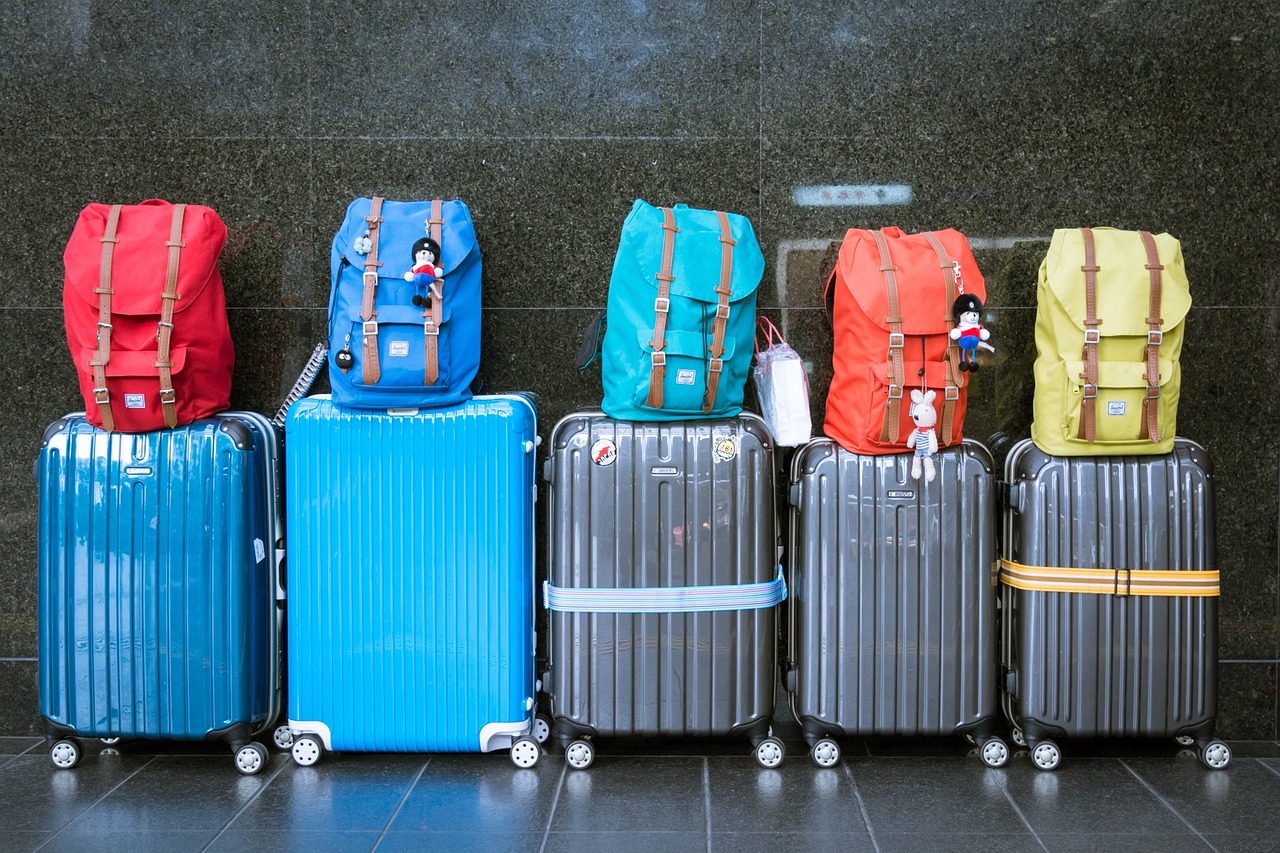Introduction
Managing luggage efficiently is crucial for a smooth journey in Japan. This Ultimate Guide to Luggage in Japan will help you navigate transportation, storage, and delivery options throughout your adventure.
I. Packing Recommendations
It’s highly recommended to pack light when traveling in Japan. Here’s why:
- Limited train space: Most Japanese trains lack dedicated large luggage areas.
- Station accessibility: Some platforms may not have escalators or elevators.
- Scarcity of large lockers: Bigger coin lockers are less common at many stations.
- Increased flexibility: Light luggage allows for easier exploration of Japan’s streets and attractions.
II. Luggage Regulations on Transportation
1. Trains
a) Luggage Limitations:
- Maximum 2 pieces per passenger (excluding small bags)
- Weight limit: 30kg per piece
- Size limit: Sum of three dimensions ≤ 250cm, length ≤ 200cm
b) Storage Options:
- Overhead shelves:
- Shinkansen: ~40cm high, 60cm deep
- Other trains: Usually smaller
- Between seats: Some Shinkansen have spacious legroom
- Behind last row: Space for 2-3 large suitcases (for last row passengers only)
c) Special Rules:
- Oversized luggage policy: Applies to Tokaido/Sanyo/Kyushu and Nishikyushu Shinkansen
- Definition: Luggage exceeding 160cm in total dimensions
- Requirements:
- Must reserve specific seats with nearby storage
- Not allowed in non-reserved cars
- Penalty: 1000 yen fee if not reserved (not covered by JR Pass)
d) Exceptions:
- Airport trains (e.g., Narita Express, Haruka) often have dedicated luggage areas
- Some eastern Japan Shinkansen are adding designated storage spaces
2. Buses
a) Airport and Highway Buses:
- Separate luggage compartments
- Limit: 1-2 large pieces per person
- Small bags allowed on board
b) City Buses:
- No designated luggage space
- Limit: Small to medium bags up to 10kg
3. Airplanes
- Traditional airlines: Usually allow free checked and carry-on luggage
- Low-cost carriers: Strict rules, often charge for checked bags
4. Taxis
- Most can accommodate multiple large suitcases
- Convenient for short distances with heavy luggage
5. Rental Cars
- Ideal for areas outside major cities
- Eliminates the need for frequent luggage storage
III. Luggage Storage Options
1. Luggage Storage Counters
- Location: Airports and some major train stations
- Cost: 500-1000 yen per piece per day
- Note: Station counters often require same-day pickup
2. Coin Lockers
- Location: Most train stations and some tourist attractions
- Sizes and Costs (per calendar day):
- Small (35x34x57cm): 300-400 yen
- Medium (57x34x57cm): 400-500 yen
- Large (117x34x57cm): 500-800 yen
- Usage: Insert coins (100 yen), lock, and keep the key
- Note: Cleared after three days by staff
IV. Luggage Delivery Services
1. Takuhaibin (Door-to-Door Delivery)
- Coverage: Nationwide (airports, convenience stores, hotels, homes)
- Delivery Time: Usually next day (up to 3 days for remote areas)
- Feature: Can specify delivery date and time
2. Area-Specific Services
- Kyoto: ~1000 yen/piece between Kyoto Station and hotels
- Hakone: 900-1600 yen/piece between Hakone-Yumoto Station and hotels
- Tateyama Kurobe Alpine Route: 2500 yen/piece between Toyama and Shinano-Omachi Stations
- Kiso Valley: 1000 yen/piece between Tsumago and Magome (closed in winter)
3. Sagawa Service Centers
- Coverage: Between Sagawa counters, hotels, and select airports
- Locations: Mainly in Tokyo, also at Kyoto Station
- Cost: ~2000 yen for a suitcase (2600 yen for airport deliveries)
Ultimate Guide to Luggage in Japan Conclusion
By planning ahead and utilizing these services, you can easily manage your luggage in Japan, enhancing your travel experience. Remember, traveling light benefits both you and fellow travelers. Enjoy your journey through this unique blend of traditional culture and modern charm!
For more information, visit https://www.japan.travel/
